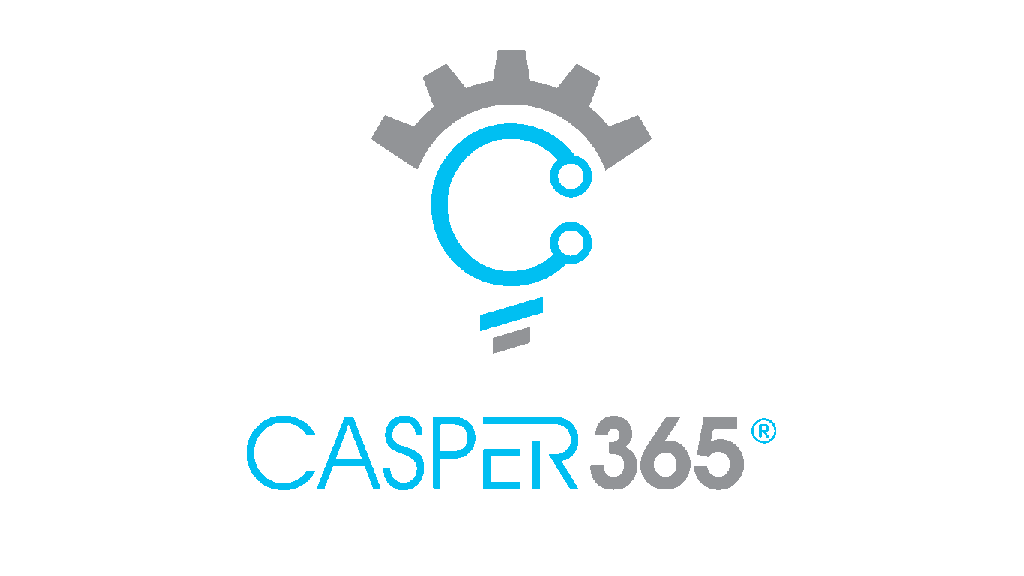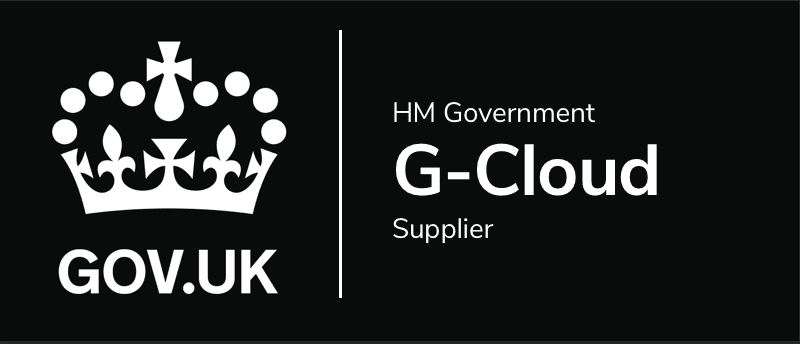In today’s world, businesses have become increasingly data-driven. All companies, no matter their size utilize data in order to make rulings on recruitment, sales, and goals. Though most organizations have access to several types of data, it can be overwhelming to try to identify certain information without experience in data statistics or analytics. Even if you understand the information, a challenge may occur when trying to present the data in a straightforward way to others. Power BI takes the pressure and difficulty out of data analysis. By linking to one of the hundreds of active data resources and by utilizing a reliable, simple interface, users can swiftly and easily cooperate with the data in order to control their business systems.
Microsoft Power BI is a compilation of software, apps, services, and connectors that work collectively to turn separate sources of data into logical and collaborative insights. Whether the information is something as simple as a Microsoft Excel workbook, or a set of on-premises data stores, Power BI allows users to simply connect to data sources and perfect the data without disrupting the original source.

Power BI constructs
Datasets, reports, and dashboards make up the major building blocks of Power BI, which are arranged into workspaces and are built on capacities.
Capacities
Capacities are a fundamental Power BI model demonstrating a set of sources used to host and produce your Power BI content. Capacities can be shared or dedicated. A shared capacity is distributed with other Microsoft customers, whilst a dedicated capacity is completely devoted to a single customer.
Workspaces
Workspaces are storage for dashboards, reports, datasets, and dataflows in Power BI, and fall into two types – My workspace and workspaces.
- My workspace is a private workspace for any Power BI user to work on their own content. Only they have access and can share dashboards and reports from their My Workspace.
- Workspaces are applied to cooperate and distribute content with colleagues. Here they can attach colleagues to their ‘my workspaces’ and work together on dashboards, reports, and datasets.
Workspaces are also the areas where users build, distribute, and control any apps for their business.
Datasets
Datasets are a compilation of data that users bring in or attach to. Power BI allows users to link to and introduce all sorts of datasets, bringing all datasets together in one singular location.
Datasets relate to workspaces and an individual dataset can be a component of numerous workspaces. Datasets supplemented by an induvial member are accessible to other workspace members depending on their admin, member, or contributor role.
Shared Datasets
Business intelligence should be a collective interest. It is vital to create consistent datasets that can be ‘one source of truth.’ Finding and recycling those standardized datasets is crucial. When expert data artists in the business develop and distribute optimized datasets, report makers can begin with those datasets in order to create accurate reports, allowing the business to utilise reliable data to make decisions, and build a healthy data culture.
Reports
Power BI reports are one or more pages of visuals such as maps, and line charts. Users are able to produce reports from scratch, and import them through shared dashboards or Power BI can build them when users link to datasets from Excel, Power BI Desktop, and databases.
Available are two modes for viewing and interacting with reports: Reading and Editing view. When a report is opened, it launches in Reading view. If the users have permission to edit, then they will see Edit report in the top left and will be able to see the report through the Editing view. If this report is within a workspace, anyone who has either an admin, member, or contributor responsibility will be able to edit it. Those users will have entry to all creating, constructing, and contribution capabilities of the Editing view for that particular report. Those they share it with will be able to search and interact with the report in Reading view.
Dashboards
Dashboards are something users or colleagues build (and then share) in the Power BI service and are seen as a distinct canvas containing tiles and widgets. Every tile pinned from a report exhibits a single visualization, designed from a dataset, and then pinned to the dashboard. Whole report pages can also be attached to the dashboard as a single tile. The related dashboards are listed under the Dashboards tab when a workspace is opened.
Security
Like many of Microsoft’s other services, Power BI is developed on Azure, Microsoft’s cloud computing platform, which guarantees the same level of protection for Power BI as it does with all the other services. Users log on with their credentials, which are held in Azure Active Directory, and manage the amount of sharing for each report, data, or dashboard, deciding which recipients can edit or view items. Important to mention is that users are accountable for the information they share. If a user joins data sources using their credentials, they can distribute a report centred on that information. Users with whom the dashboard is shared are not verified against the original data source and will be allowed entry to the report.
Administration
Power BI management is the organization of a Power BI tenant, as well as the formation of usage monitoring, governance policies, and the supply of licenses and company resources.
Power BI is created for self-service company intelligence. The admin is the custodian of the data, procedures, and policies in the Power BI tenant. A Power BI administrator is a vital member of a team that incorporates BI developers, analysts, and others.

Interested in learning more about how Power BI could benefit your business? Get in touch today! Business Cloud Integration is a highly regarded, certified Microsoft partner with vast experience using Power BI and all Power Platform and other insightful Microsoft tools. We specialize in providing affordable digital transformation services that help engage your customers, enable your business, and accelerate your results. Chat with us for a no-cost, no-obligation consultation and see how we can help modernise your business.











